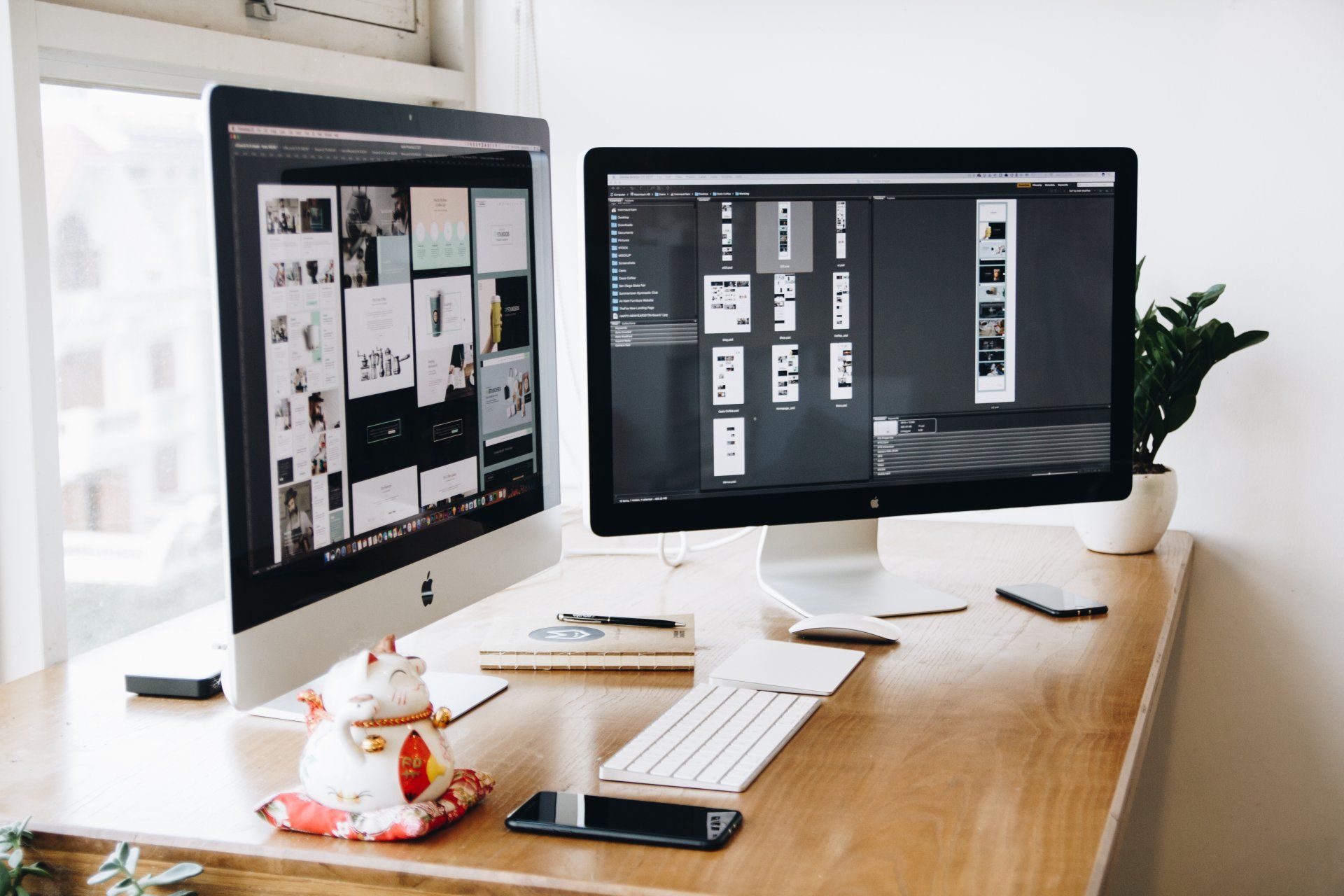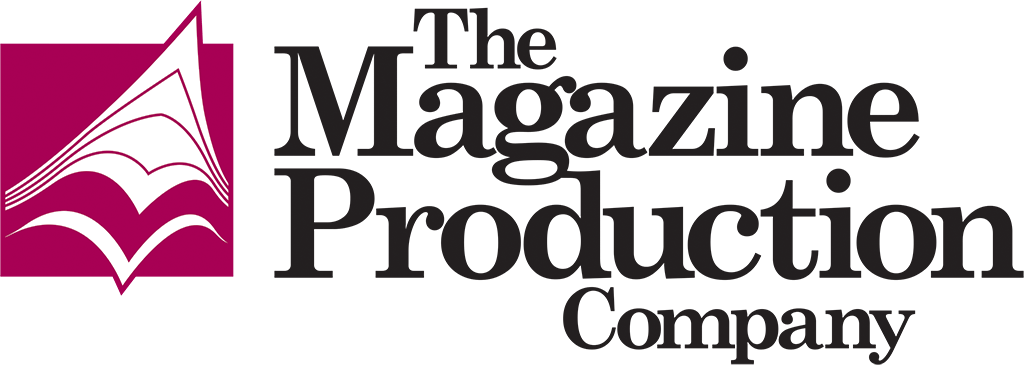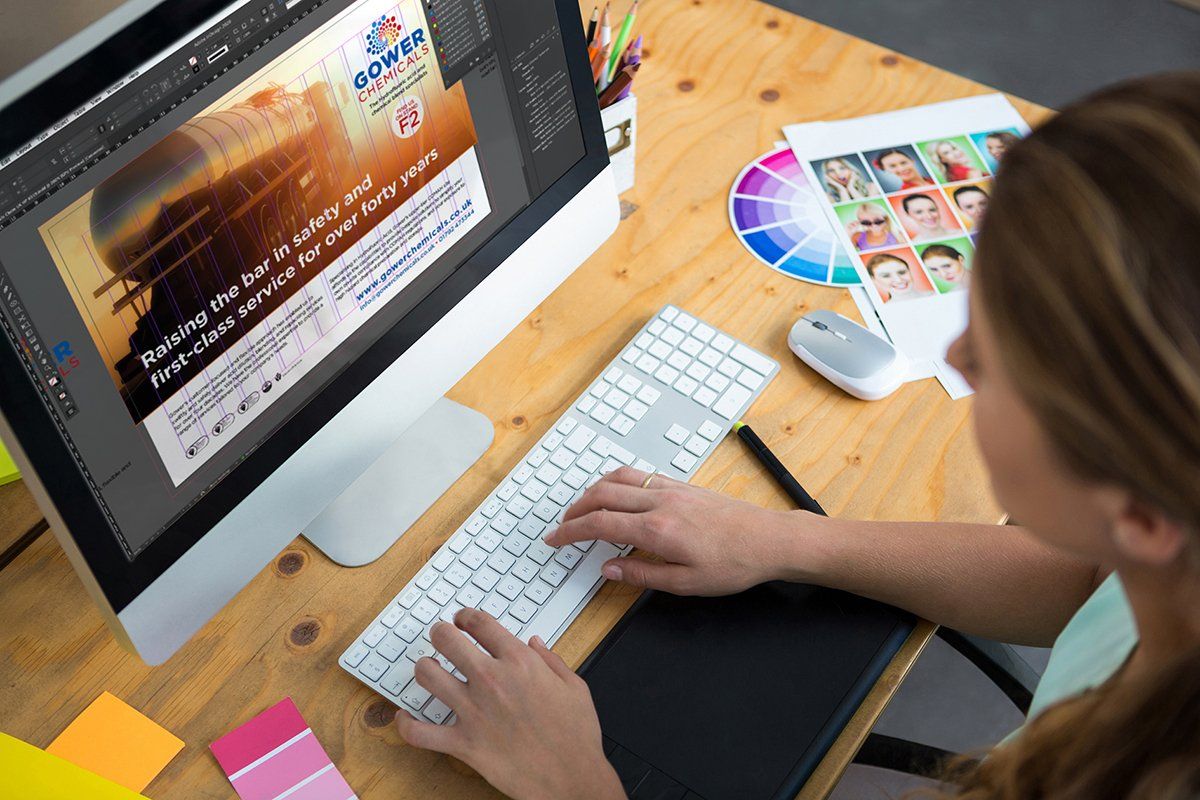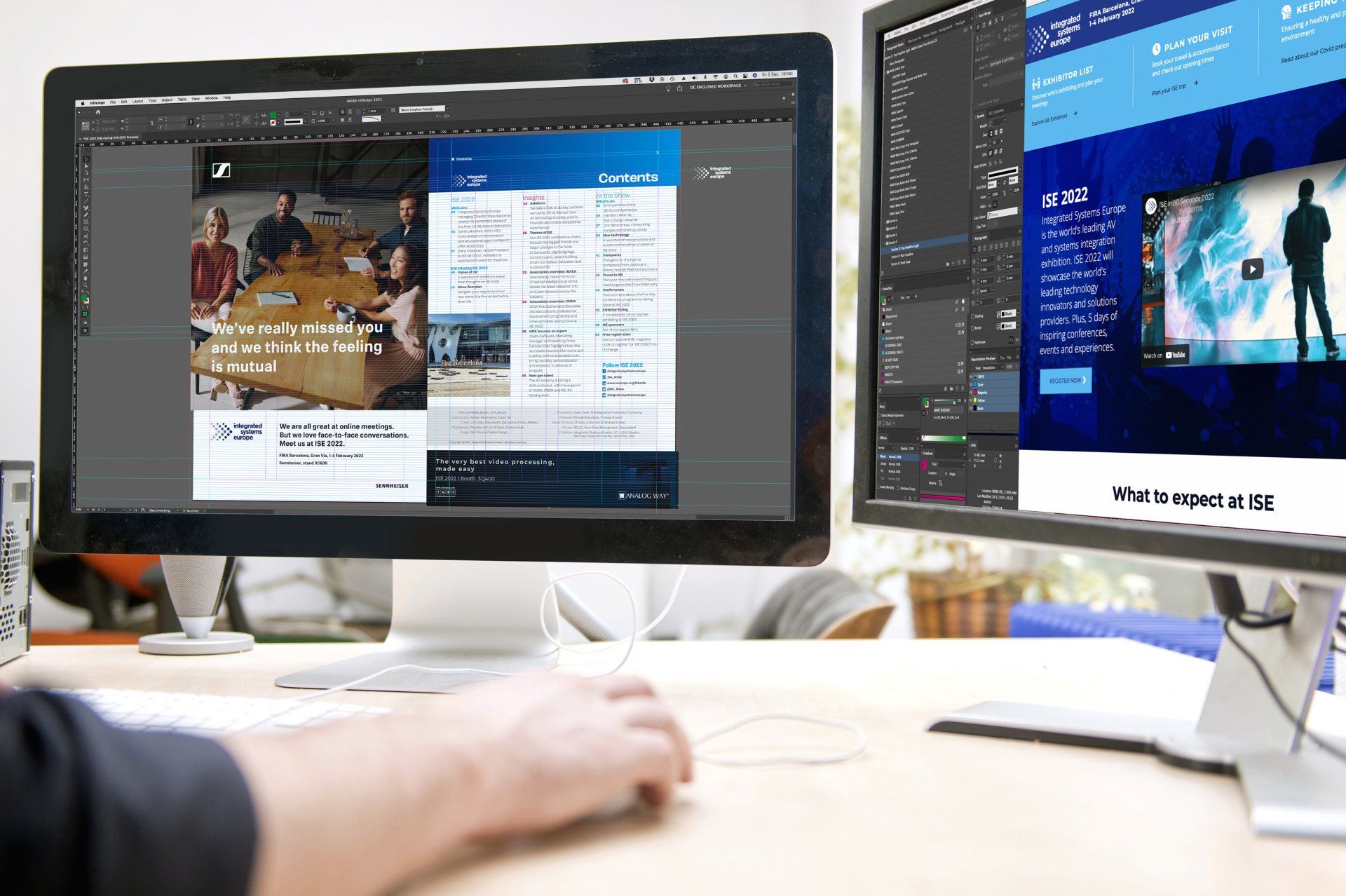Digital content delivery can be packaged in various forms, such as flip-mags, Apps, HTML, blogs, PDF, etc. However, a client concern exploring this avenue is how do you effectively broadcast the quality content of an A4 magazine containing more than 80, 100, 120 pages or more through the small window of a digital device, and why is reader behaviour so critical.
Although making any A4 publication available digitally is relatively straightforward, it does make navigation a tiresome and notorious task for any reader trying to read it on small-screen devices. It is one factor that can register very low read times. Another hurdle is to overcome naturally short time attention spans for any viewer reading content online. So how can we increase engagement?
Invest in 'doing it right'
Appreciating you've invested a lot of time, effort and money, the first point to note is that reader behaviour needs to be considered. Once understood, we can think about how best to deliver the type of content you have on offer through product optimisation so readers can engage more than they would otherwise.
Focusing on the more popular flip-style digital magazine, they are read on desktops, laptops, tablets and smartphones. Our research suggests that the attention span is far less than reading the same content in a print magazine.
The question this raises is how do we maximise the number of pages to entertain the shorter attention time spent yet, balancing your content, encourage the readers to read more issues?
Clues are found where clients have asked us to upload print issues to simply entertain digital exposure. These statistics show a reader drop-off rate generally sits around 15 pages A4 magazines and 30 for smaller page-sized titles. This difference is because smaller pages attract less page navigation, yet both carry similar overall space. It appears then that a smaller 30-page online magazine seems to be the sweet spot; however, another ten pages could encourage readers to the end. With a more digestible feel, interactive turning of the pages, tied in with less facing-page navigation, it all combines to help increase reader engagement.
Have your cake and eat it
While we're not suggesting to lessen the size and pagination of your current magazine, especially if it's in print, it is worth exploring what opportunities are available. For example, why not consider publishing an additional lesser-page variant as well as your print title?
It is expected for any magazine to have a start, a middle and an end, so if you have a wealth of unique content you wish to position online, maybe it could be published to support your social media activity. It could also act as a signpost to your printed premium publication. You could align topical themes throughout the year, republish existing content, seek exclusive issue sponsorship, or use it as a platform to showcase new products as a way to attract new advertisers — just a few ideas that could help explore new avenues and reach a broader, untapped audience.
As an example of a dedicated digital title, we produce an airline maintenance magazine but, with a lot of content to broadcast, it is split; MRO and Operations. Primarily, with readers being airline professionals on the move across the globe, it was essential to marry the publication with expected reader behaviours. As a result, the average read time typically exceeds ten minutes, even with extended pagination to accommodate the abundance of advertising. With extended marketing opportunities, some advertisers appear in both titles.
Do create a digital title
To broadcast a compact digital version not only adds value for your readers to explore your digital offerings but could cast your net further to attract potential subscribers to your print magazine containing in-depth features. For a deeper reading experience, you can also apply pages with links to websites and more, provide access to podcasts, and embed videos directly on pages. This can open up new advertising opportunities too.
Print Vs Digital
The 'Print versus Digital' debate has been put to bed simply because digital will never replace print or vice versa. Both operate in entirely different environments, each possessing its own merits and benefits. Digital complements your publishing armoury and increases brand awareness and reputation and even harness the power of print.
We can look at options and assess which would be the most efficient route for you, your magazine, your advertisers and, more importantly, your readers. Just contact us to arrange a time to chat.
The post 'What should you consider when publishing a digital magazine' appeared first on
The Magazine Production Company.
Click here to go back to the main articles page.
Share this content!
Read more of our articles







